#the beggarstaffs
Text


Hamlet (The Beggarstaffs) // Society of Misery and Regrets • Lifetime Member (unknown)
#god it's the way i saw the second patch on are.na and immediately knew what it was based on. design history has rotted my brain#art history#graphic design#hamlet#em speaks#beggarstaffs#the beggarstaffs#design history
61 notes
·
View notes
Text

The Beggarstaffs Created Posters Too Avant-Garde For Victorian London
3 notes
·
View notes
Text
PDF The Beggarstaff Posters: The Work of James Pryde and William Nicholson PDF -- Colin Campbell
Download Or Read PDF The Beggarstaff Posters: The Work of James Pryde and William Nicholson - Colin Campbell Free Full Pages Online With Audiobook.

[*] Download PDF Here => The Beggarstaff Posters: The Work of James Pryde and William Nicholson
[*] Read PDF Here => The Beggarstaff Posters: The Work of James Pryde and William Nicholson
0 notes
Photo

Beggarstaff Brothers, c. 1900.
106 notes
·
View notes
Photo

Poster for W.C. Hardy's production of Hamlet, 1894
#beggarstaff brothers#hamlet#shakespeare#william shakespeare#art#postere#brown paper#w.c. hardy#1894#19th century#Edward Gordon Craig#shakespeare and art#yorick#skull
35 notes
·
View notes
Photo

By J. & W. Beggarstaff’
"This above all: to thine own self be true,
And it must follow, as the night the day,
Thou canst not then be false to any man."
- Polonius, Act I, Scene III.
25 notes
·
View notes
Photo

Poster for Production of Hamlet, The Beggarstaff Brothers, 1895.
87 notes
·
View notes
Text
Frank Newbould • Your Britain • ABCA • 1942

This is a famous WW2 poster, designed by Frank Newbould and published by ABCA.
Army Bureau of Current Affairs
During WW2, Newbould worked as a colleague of Abram Games. Games was the official poster designer to the war office and was responsible for the graphic communications aimed at army servicemen and women. As the war progressed, there was an ever-increasing need for effective graphic communication. Newbould was appointed to assist Games in 1942.
During 1942, Games and Newbould each produced posters for the Army Bureau of Current Affairs (ABCA) under the title of Your Britain, Fight for it Now. ABCA had been established to provide a forum in which officers and men could discuss the political, practical and philosophical meanings of the war with a view to providing a sophisticated form of motivational focus.
Accordingly, Games chose the progressive themes of housing, health and education. Newbould worked around the themes of landscape and people as understood through place and tradition. His posters showed the South Downs, Salisbury Cathedral, village life and the fun fair.
I was lucky enough to purchase a set of ABCA posters from Abram Games himself. I’ve had the various Frank Newbould posters over the years too. I’ve just found the South Downs image, above.
Frank Newbould
Frank Newbould was a commercial artist and poster designer who made substantial contributions to the development of British advertising art during the 1920s and 1930s.
Newbould was born in Bradford on the 24th September 1887. He was the only child of John Matthew West and Sarah Ellen (Robinson) Newbould. His father was a successful chemist and pharmacist in the town. Frank was expected to follow in his father’s footsteps. The direction of Frank’s career changed course with his discovery of the original, bold and exciting poster designs of the Beggarstaff Brothers at the end of the 1890s.
The Beggarstaff Brothers were the artists William Nicholson and James Pryde working in commercial partnership. They were also family, as James was the brother of William’s wife Mabel.
At the end of the 1890s, they proposed a form of radical simplification in poster design based on paper cut-outs and the stencil shapes of provincial jobbing sign-writers.
The visual simplifications evident in their poster designs provided for a dramatic and exciting contrast to the over-elaboration of the prevailing styles. The Beggarstaff designs were, however, too radical for the tastes of most commercial advertising agents and their proposals remained, for the most, unrealised. However, their designs were especially influential in Germany and Britain.
In Germany, the dramatic simplification of the Beggarstaff designs was closely followed by the emergence of the sachplakat or object poster during the first decade of the 20C. This provided for a simple over-sized and hand-drawn image of the product with brand name, all rendered in few colours. This type of advertising was applied to a wide variety of consumer products from shoes, to lamp bulbs, spark plugs and typewriters. The most significant artist associated with this style of poster design was Lucien Bernhard.
In Britain, the influence of the Beggarstaff Brother designs took longer to manifest itself and did so in a more complex way. The flat-colour work of poster designers at the end of the 19C (Dudley Hardy for example) was mostly influenced by the legacy of Japanese woodcut prints and a taste for sophisticated aestheticism. In relation to the pictorial poster in Britain, these influences were, peculiarly, most clearly seen in the large-format railway poster.
Frank Newbould attended Bradford School of Art before gaining employment in the offices of a local printer. In 1919 he moved to London to establish himself as a poster designer. He married (Marion) Jane, daughter of the Rev G W Thomson, on the 24th March, 1919.
London and North Eastern Railway
The Railways (Grouping) Act, 1921, provided for the consolidation of over 120 railway companies into four large geographical groups. By far the largest of these was the London Midland and Scottish Railway. The railway provided services between London and Liverpool, and up to Glasgow and beyond.
Railway grouping provided for competition between east-coast and west-coast mainlines to Scotland. The London and North Eastern Railway, serving Edinburgh, was quick to recruit a number of exceptional poster designers to promote its services.
William Teasdale was the advertising manager of the LNER. Acting on behalf of the railway company, Teasdale was an important patron during the 1920s and 1930s. Teasdale was conscious of the full the scale and scope of the railway organisation and was adept at identifying themes and images that could become identified with the service provided. The patronage of Teasdale, and his successor Cecil Dandridge was, from the start, recognised as progressive, enlightened and effective.
In 1926, Teasdale invited his five most prominent poster designers to work exclusively for the railway. In addition, Teasdale guaranteed an annual level of fee income for each of the artists. The five artists were Tom Purvis, Austin Cooper, Fred Taylor, Frank Mason and Frank Newbould. Newbould was initially contracted to produce 5 posters per year for a fee of 500GBP. This was less than the contracts given to Purvis and Taylor.
Newbould was able to work in the tradition of flat-colour simplification and to position himself somewhere between Tom Purvis and Fred Taylor. Taylor’s themes were mostly architectural, whilst Purvis produced designs that were equally decorative and dramatic.
Teasdale and Dandridge were careful to allow each of these artists to develop their own distinctive style. In general Newbould produced designs for the Yorkshire coat and its resorts. His designs were distinguished by the bold use of flat colour and for a surrealistic sense of humour.
In addition to his work for the LNER, Newbould also designed posters for London Underground and for the Ideal Home Exhibition.
Frank Newbould died on 25th December, 1951. His wife, Jane, pre-deceased him in 1947.
Here’s a link to something I posted for Poster House in NYC...
https://posterhouse.org/blog/railway-posters-from-britain-1923-1939/
and here is the National Army Museum page about Abram Games and the ABCA posters
https://www.nam.ac.uk/explore/abram-games-abca-and-fight-post-war-change
These ABCA posters show the world that I was born into over sixty years ago. I’ve always loved these images.
Bibliography
Cole B & Durack R (1992) Railway Posters 1923-1947 London, Laurence King
1 note
·
View note
Photo
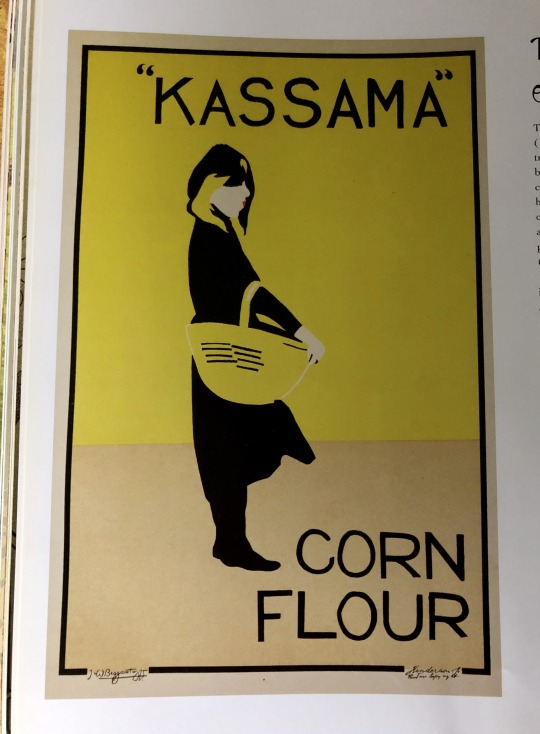
“Kassama” Corn Flour by J & W Beggarstaff, 1894
Henderson Co. / Printers Copyright
1 note
·
View note
Photo
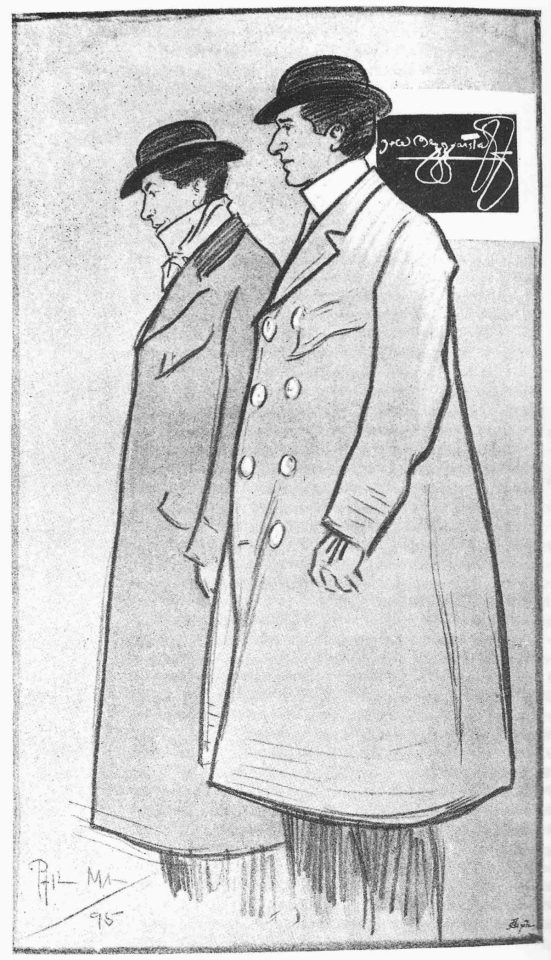









(via The Beggarstaffs Created Posters Too Avant-Garde For Victorian London - Flashbak)
2 notes
·
View notes
Text
Ludwig Hohlwein
Ludwig Hohlwein fait parti des affichistes et graphistes les plus inventifs du début du XXème siècle.
Né en 1874 à Wiesbaden et mort en 1949 à Berchtesgaden, il étudie à l’université technique de Munich. Il réalise ses premières illustrations pour le journal de l’association “Akademische Architektenverein”. Il devient dessinateur technique pour des revues spécialisées. L'Allemagne est alors en plein mouvement Jugendstil, équivalent en Allemagne de l'Art nouveau. C’est un mouvement artistique moderniste international embrassant toutes les disciplines.
A la fin du XIXe siècle. Le jeune Ludwig Hohlwein décide de voyager à Londres, où il voit les travaux des Beggarstaffs, connus pour leur technique de collage originale. Il revient s'installer à Munich en tant qu'architecte pour des particuliers ou sur de gros chantiers.
L’année 1905 marque un tournant dans la vie d’Hohlwein : après avoir exposé quelques travaux personnels, il remporte différents concours publicitaires. Il reçoit ses premières commande d'affiches. Bon cavalier et féru de chasse, il conçoit en 1906 l'affiche Ausstellung für Jagd und Schiesswesen.
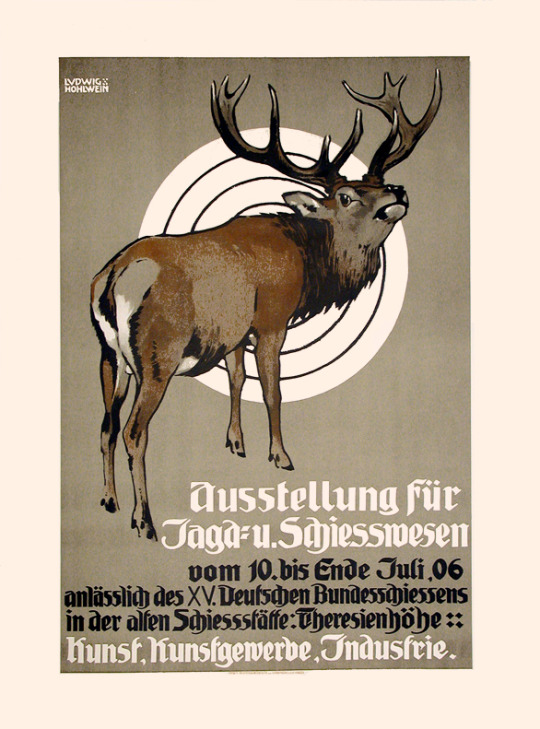
Ausstellung für Jagd und Schiesswesen, 1906, Ludwig Hohlwein
En 1924 il a déjà produit plus de trois mille affiches et a une influence au-delà des frontières allemandes !
Hohlwein développe un style qui lui ai propre et qui rejoint le Plakatstil ou Sah Plakat propre à des artistes comme Lucian Bernhard ou Julius Klinger. Ce mouvement correspond à l’âge d’or de l’affiche allemande presque vingt ans après l'apparition des premières affiches lithographiées artistiques en couleurs dont Jules Chéret fut l'un des grands promoteurs.
Hohlwein est aussi connu pour avoir participer activement à la propagande nazi. En 1931, il décline l'offre qui lui est faite de venir travailler aux États-Unis et adhère au NSDAP en 1933, pour lequel il a déjà exécuté de nombreuses commandes juste avant l'accession au pouvoir du parti nazi. Il conçoit avec le photographe Heinrich Hoffmann l'identité visuelle des Jeux Olympiques de 1936. Après 1945, il fut interdit d'exercer jusqu'en février 1946.
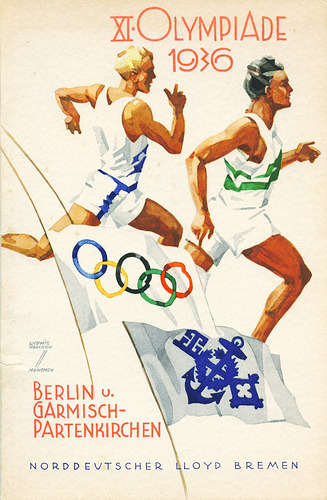
Olympic Games, Berlin, 1936, Ludwig Hohlwein
Le « style Hohlwein » se reconnaît par son utilisation, autour d'un objet simple (animal, chaussure, etc.), de clairs-obscurs francs et de contrastes affirmés façon « pochoir ». Il a recours à des aplats de couleurs vives, parfois au détourage, et imite la technique du découpage. On pense que la plupart de ses affiches étaient basé sur des photographie ce qui lui permettait de capturer la complexité des ombres et lumières.
2 notes
·
View notes
Text

"Kassama Cornflour" poster issued by James Marshall & Co Ltd., Glasgow, 1894 - designed by The Beggarstaffs
2 notes
·
View notes
Photo
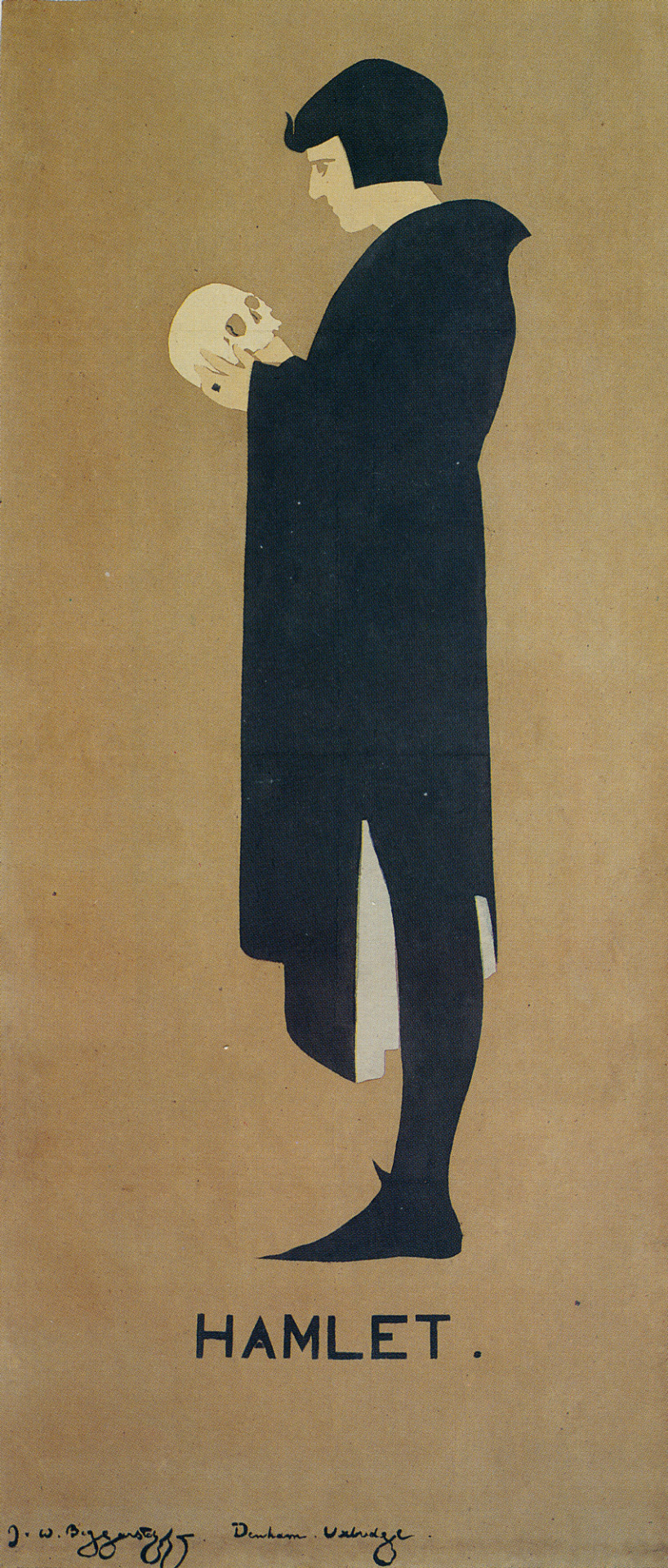
BEGGARSTAFFS
15 notes
·
View notes
Photo




Beggarstaffs posters (1894-1899)
(William Nicholson and James Pryde)
Lithographs
5 notes
·
View notes
Text
The Beggarstaffs'

Rowntree's Cocoa Poster, 1896 issued by Great Britain
James Pryde (1866-1941) and William Nicholson (1872-1949) were primarily fine artists but in the mid 1890's under the name of 'The Beggarstaffs' they also designed posters as a source of income. Initially inspired by French artists like Jules Chéret and Toulouse-Latrec as well as English artist Dudley Hardy. "For them, poster design was an artistic challenge. They devised an innovative technique for it using collage and utensils to produce large, simple, bold compositions" [https://collections.vam.ac.uk/item/O74084/rowntrees-elect-cocoa-poster-pryde-james/]
It was from this that they were advised to design this successful speculative poster by their agent, the Artistic Supply Co.
0 notes
